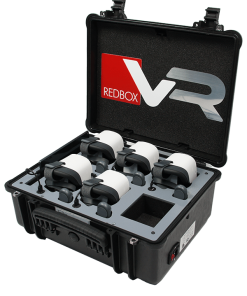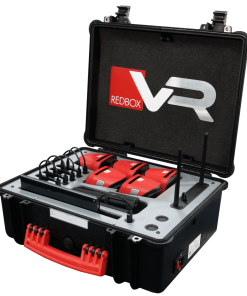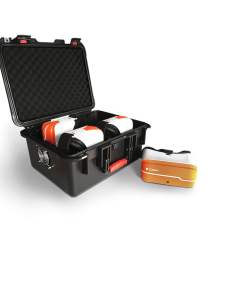
Virtual Reality (VR) technology is making significant strides in education, offering immersive and interactive learning experiences that were once the stuff of science fiction. As VR becomes more accessible and integrated into classrooms, its benefits for education are becoming increasingly apparent. Here’s a look at how VR is transforming the learning landscape and enhancing educational outcomes.
Immersive Learning Experiences
One of the most significant benefits of VR in education is the ability to create immersive learning experiences. Students can explore historical sites, travel through space, dive into the depths of the ocean, or even walk through the human body. These immersive experiences make learning more engaging and memorable, helping students understand complex concepts through firsthand experience.
Enhanced Engagement and Motivation
VR captures students’ attention in a way that traditional teaching methods often cannot. The interactive nature of VR makes learning fun and exciting, increasing student motivation and engagement. When students are actively involved in their learning process, they are more likely to retain information and develop a deeper understanding of the subject matter.
Facilitates Experiential Learning
VR allows students to learn by doing, which is a powerful educational method. For example, science students can conduct virtual experiments in a safe and controlled environment, medical students can practice surgeries, and engineering students can design and test structures. This hands-on approach helps students develop practical skills and apply theoretical knowledge in real-world scenarios.
Inclusive Education
VR can cater to diverse learning needs, making education more inclusive. For students with disabilities or those who require different learning paces, VR offers customizable and adaptable learning environments. This flexibility ensures that all students, regardless of their physical or learning abilities, can benefit from the same educational opportunities.
Enhances Collaboration and Communication
VR can facilitate collaboration and communication among students. Virtual classrooms and group projects enable students to work together, regardless of their physical location. This global interaction not only enhances teamwork and communication skills but also exposes students to diverse perspectives and cultures.
Real-World Applications
VR bridges the gap between classroom learning and real-world applications. Students can practice skills in a simulated environment before applying them in real life. For instance, VR training for medical students can replicate real-life surgical procedures, allowing them to practice and hone their skills without the risks associated with real surgeries.
Encourages Creativity and Innovation
VR stimulates creativity and innovation by allowing students to explore and experiment in ways that are not possible in traditional classrooms. Students can create virtual worlds, design 3D models, and develop simulations. This creative freedom encourages innovative thinking and problem-solving skills, essential for success in the 21st century.
Safe Learning Environment
VR provides a safe environment for learning and experimentation. Students can engage in activities that would be dangerous, impractical, or impossible in the real world. For example, they can explore volcanic eruptions, practice emergency response scenarios, or study wildlife up close without any risk.
Cost-Effective Learning
While VR technology can be an initial investment, it can ultimately be cost-effective. Virtual labs, field trips, and simulations can reduce the need for physical resources and travel, lowering overall educational expenses. Schools can also update and expand their VR content more easily than traditional textbooks or physical equipment.
Personalized Learning
VR offers personalized learning experiences tailored to individual students’ needs and interests. Teachers can create customized VR lessons that cater to different learning styles and paces. This personalization helps students stay engaged and improves their academic performance by addressing their unique learning needs.
Virtual Reality is revolutionizing education by providing immersive, interactive, and inclusive learning experiences. Its ability to engage students, facilitate experiential learning, and bridge the gap between theoretical knowledge and real-world applications makes it a powerful educational tool. As VR technology continues to advance, its role in education will undoubtedly expand, offering even more innovative ways to enhance learning and prepare students for the future. Schools that embrace VR are not only at the forefront of educational technology but are also providing their students with unparalleled opportunities for growth and success.
Explore our VR Collection

















